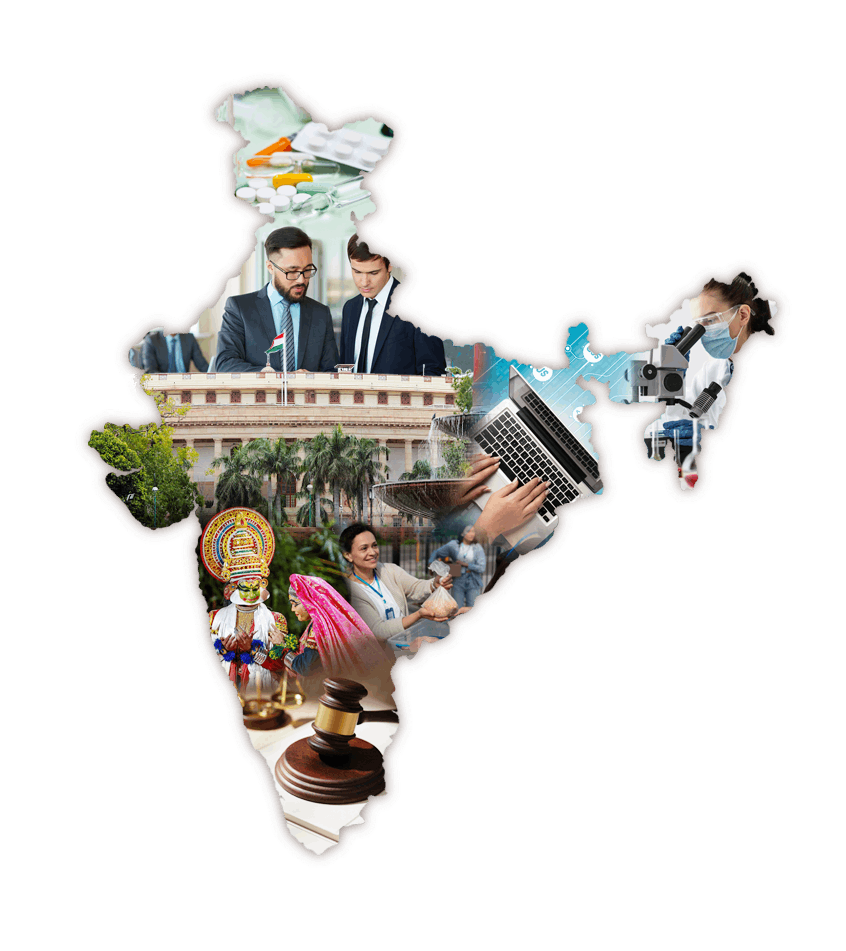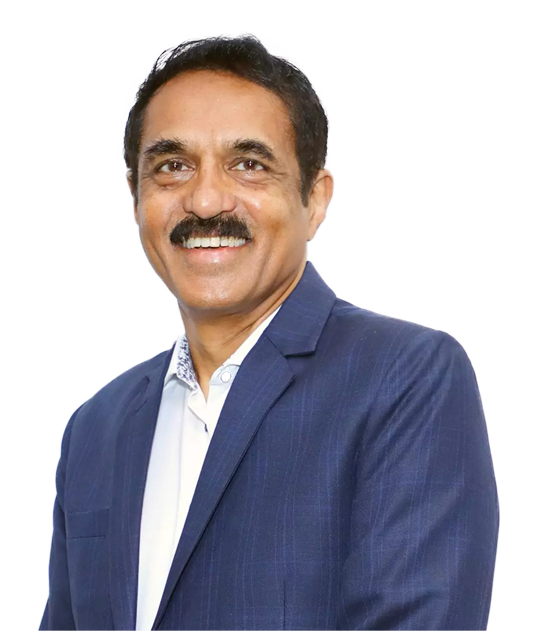Considering the dominant youth in the Indian population, their potential remains largely untapped. Either they enter a traditional educational path for which there is no employment prospect or they drop out from learning programmes at early intermediate school stages. It may help if at an intermediate school stage (typically, post upper-primary level), specific channels of focused vocational training module leading to geographical-location based high-demand self-employment schemes (including start-up formation, seed grant and mentoring for sustainability) is planned instead of the existing straight jacketed fit-for-all skilling programmes existing at most places. This will not only create reasonably-skilled experts in different sectors, but also generate a structured pool of organized human resources in sectors such as electronics and electrical maintenance, plumbing, farming, machining, wood and metal work, infrastructure development, healthcare management support, vehicle mechanic and maintenance, food packaging and distribution, textile techniques and supply chain, among others. These courses must be minimally theory-oriented and mostly driven by practical needs. In that way, the disorganized sectors engaged in these areas may be economically consolidated to contribute to their own financial development and national growth.










